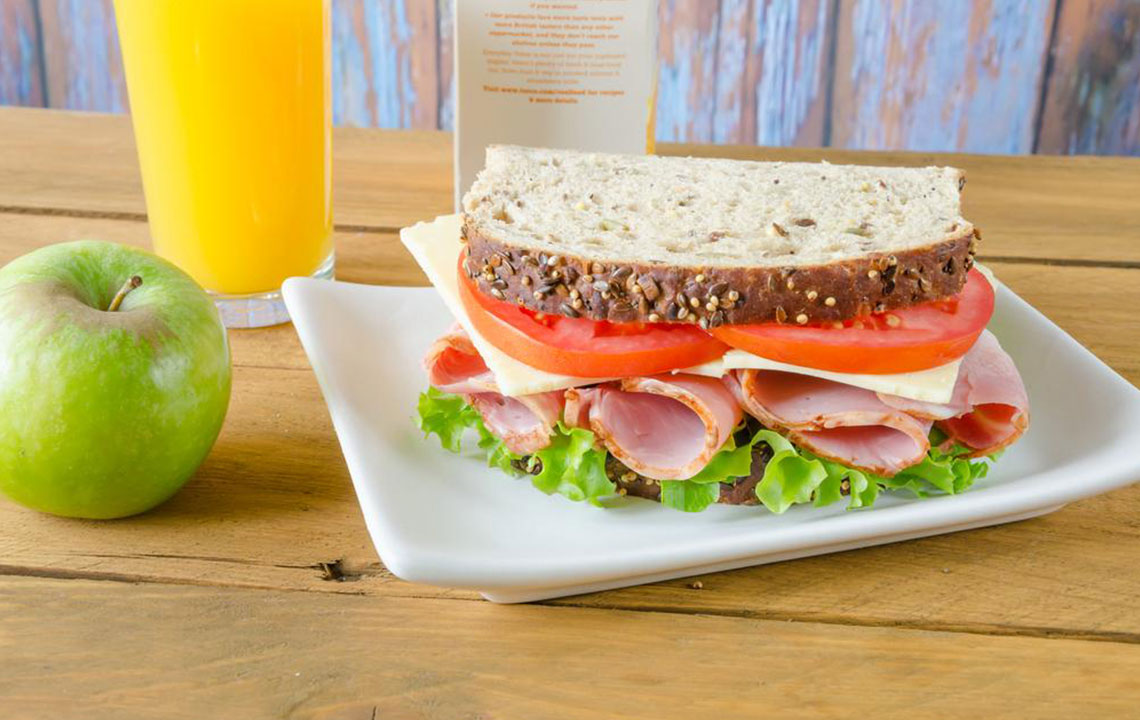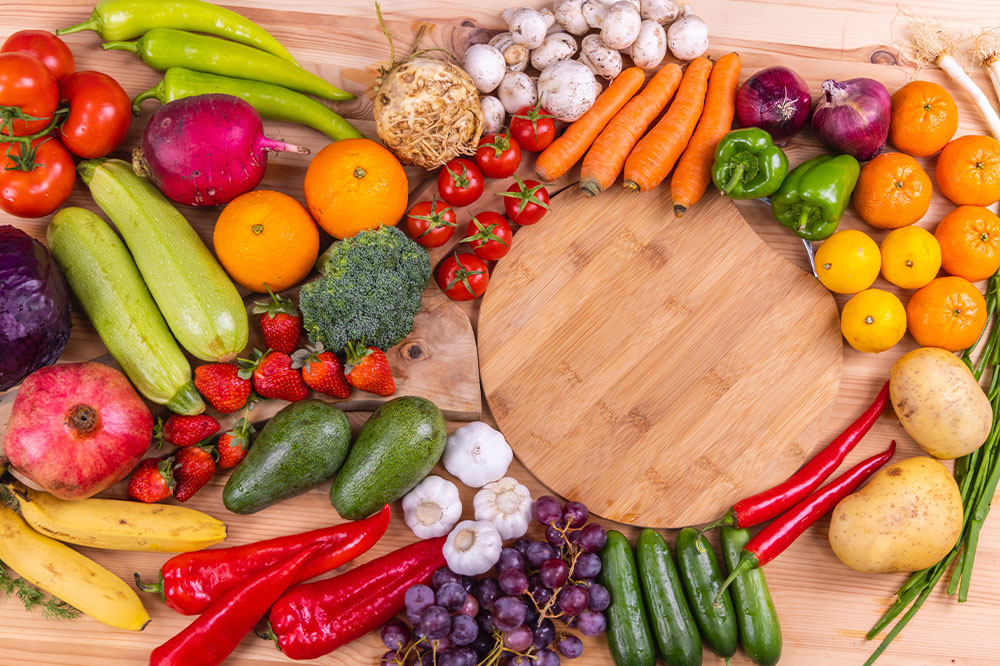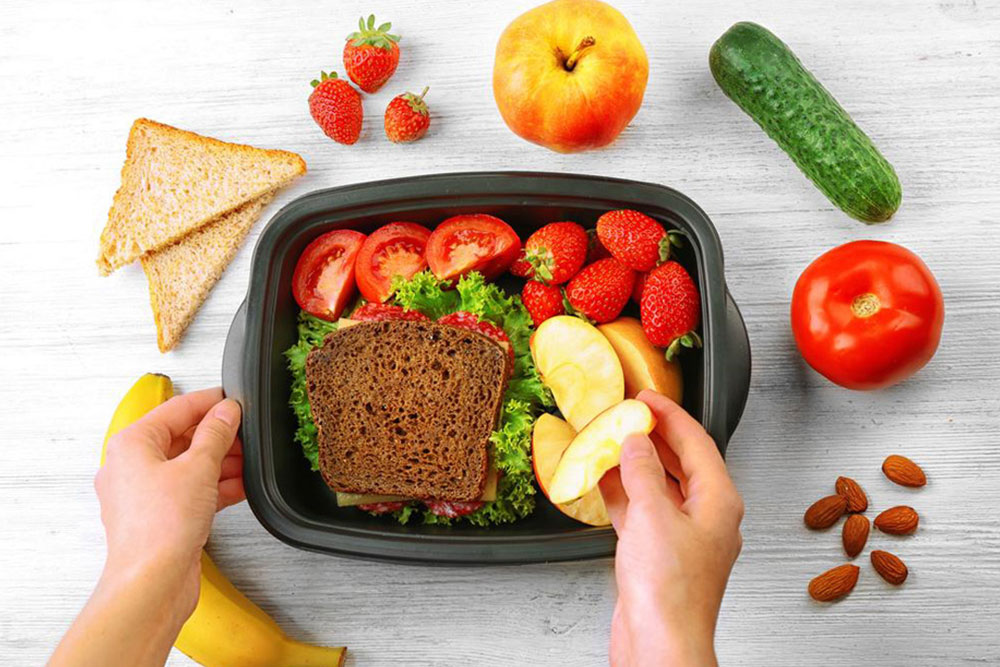Guide to Nutritious Snacks for Children
Discover essential tips and nutritional insights for providing healthy snacks to children. This guide emphasizes balanced diets, food variety, and effective strategies to promote better eating habits among kids, ensuring optimal growth and energy levels while reducing unhealthy choices. Learn how to set routines, choose the right foods, and lead by example to cultivate lifelong healthy eating habits.

Guide to Nutritious Snacks for Children
Understanding Healthy Snack Options for Kids
Young children typically have smaller appetites compared to adults and need to eat at regular intervals. Snacks play a vital role in a child's daily nutrition, offering essential energy throughout the day.
Key Nutritional Components for Growing Kids
A balanced diet is crucial for proper growth and development. The main nutrients necessary include:
Proteins: Essential for growth, energy production, oxygen transport, and immune support. Sources include meat, fish, eggs, nuts, beans, and dairy.
Carbohydrates provide vital energy and help tissues repair and grow. Found in bread, cereals, rice, pasta, and potatoes.
Healthy fats serve as a compact energy source and are stored easily in the body. Sources include whole milk, cooking oils, meats, fish, and nuts.
Calcium builds strong bones and teeth, present in milk, cheese, yogurt, broccoli, spinach, and tofu.
Iron supports healthy blood; common sources are red meats, liver, poultry, shellfish, whole grains, beans, nuts, and fortified cereals.
Folate is important for overall health and development, found in whole grains, lentils, spinach, asparagus, beans, and brussels sprouts.
Tips to Reduce Unhealthy Snacking
Stock healthy options: Keep fruits, nuts, and nutritious snacks within easy reach, such as on low shelves or in accessible containers.
Avoid junk food in the house: Not bringing unhealthy snacks home reduces temptation.
No bargaining with treats: Don't use junk food as a reward, which can make it more appealing.
Moderation over restriction: Allow occasional treats at social gatherings rather than banning them outright.
Lead by example: Demonstrate healthy eating habits yourself to influence your child's choices.
Caloric Needs for Kids’ Snacks
Young children should have around three small snacks daily, but these can often contain more sugar than recommended.
Children aged 1-2 years need about 45 calories per pound daily, distributed over meals and snacks.
Three-year-olds require roughly 1,000-1,400 calories per day, including snacks.
School-aged kids typically need between 1,600 and 2,500 calories daily.
Individual needs vary based on activity level, health, and body size.
Ideal Snack Times for Children
Overeating, even healthy foods, can be unhealthy—timing and structure matter.
Establish regular snack times and portions to promote balanced eating habits.
Ending Constant Snacking Habits
Create a consistent eating schedule.
Offer small, nutritious portions.
Encourage water intake instead of snacks.
Avoid purchasing junk food to reduce temptation.
Model healthy eating behaviors yourself; serve as an example for your child by choosing nutritious snacks and limiting processed foods between meals.










